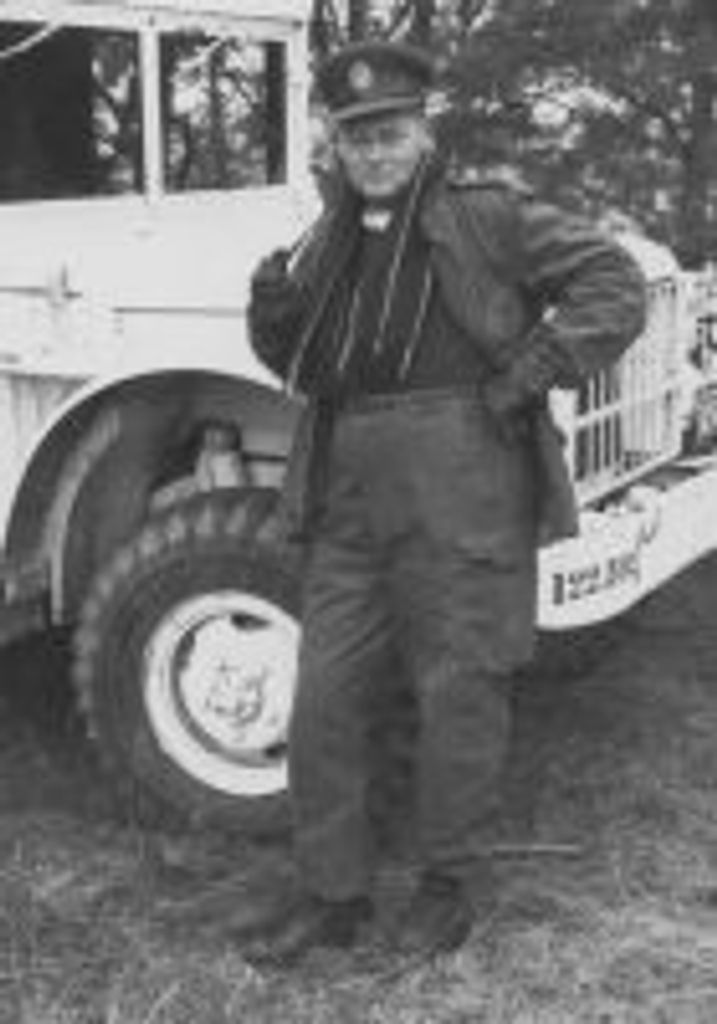

Charles Bisset
November 14, 1924 — July 22, 2018
Charles Keith Bisset
1924 – 2018
Charles Keith Bisset, who has died age 93, rose from the ranks of the Royal Canadian Air Force to become one of the world's leading Aerial Reconnaissance Interpretation specialists and an expert on the Soviet Union's Air Forces.
Bisset, always known as ‘Keith' was born on the 14th of November 1924, at Brantford, ON into an Anglo-Scottish military family, the eldest of the four sons of Charles and May Bisset. All three brothers, Bob, George and Dick, pre-deceased him. He was educated at Brantford Collegiate Institute and Vocational School, where he joined the Cadet Force. Canada had entered the Second World War a few days after the United Kingdom had declared war on Germany and the young Keith saved enough money to buy a few flying lessons at a local aero club, hoping to get into the RCAF when the time came.
A favourite uncle, Albert William Bisset, had been killed in action at Dieppe in August 1942, but there was no hesitation on Keith's part as he volunteered straight after his 18th Birthday for the RCAF. His father was still serving in the Army in England.
Soon Keith was inducted into the British Commonwealth Air Training Plan, one of Canada's greatest contributions to winning the War. After basic training, he learned to fly on the Fairchild Cornell PT-26. Once qualified as a pilot, he found himself in demand as an instructor, particularly on 'The Link Trainer', a very early flight simulator known as 'The Blue Box'. This skill and the need for pilots produced by The Plan meant that he was never transferred to Europe for combat duty.
After the War, the excess of trained pilots meant that opportunities in the RCAF would be limited, so Keith transferred to the Canadian Army. He first trained as a paratrooper and then, in January 1947, qualified as an ‘Enlisted Specialist, Photo Interpretation' at Fort Riley, Kansas, USA. This specialty was to dominate his subsequent career.
After Fort Riley, Keith was sent as a Sergeant Pilot to England where he learned to fly combat gliders such as the General Aircraft Hotspur and Airspeed Horsa, serving with the British Glider Pilot Regiment, qualifying as a Glider Pilot in 1947.
For the next three years, he served as an Instructor at the Joint Air Photo Interpretation School at Rivers, Manitoba, before being commissioned in 1951. There followed a short spell at the Canadian School of Infantry at Camp Borden, ON, and Keith was then transferred to the Canadian Intelligence Corps with whom he served until retirement.
His first posting as an Intelligence Officer was to the Air Photo Interpretation Section of 1st Canadian Division who then attached him to 408 ‘Goose' Squadron, based at RCAF Rockcliffe, ON, where he was to spend the next five years. Part of 408's task was to conduct an extensive aerial survey of Northern Canada, maps of which were rudimentary in an age when the emerging Cold War meant that the North had become an important Canadian Frontier.
To carry out their mission, 408 was equipped with Canadian-built Avro Lancaster Mark Xs (which Keith flew on occasion) modified from their original mission as WWII heavy bombers, with the addition of extra fuel tanks and aerial photo survey equipment. In later years, Keith would recall operations that took their Lancasters close to the airspace of the Soviet Union. These were 408's missions to monitor Soviet Air Force response and reaction as well as to measure radioactivity from the Soviet Atmospheric Nuclear Test program.
Three years at Rivers, Manitoba followed where he served as an instructor before being posted to England in 1959-60 where Keith served in the UK's elite Joint Air Reconnaissance Intelligence Centre near Cambridge. Here he and his family occupied an apartment in the wing of a country house, becoming part of English village life. The family having come originally from England, there were visits to Cheshire where they were able to see a very different lifestyle from the one they had known in Canada.
There followed further intelligence appointments before a three-year posting to the Canadian CT-89 Reconnaissance Drone Program in Yuma, Arizona. Keith then had a further assignment with 408 Squadron before his final posting as Strategic Intelligence Analyst at the Department of Military Intelligence based at National Defence Headquarters in Ottawa.
Keith retired from the Army in 1971 in the rank of Captain. Such was his skill set that he was immediately re-employed as a civilian intelligence specialist. Here he was to deploy his considerable technical and organizational skills in the field of Aerial Reconnaissance Interpretation and further to develop his speciality in the air forces of the Soviet Union. He became a highly regarded specialist in these two fields and rose to lead Canada's contributions to international conferences and meetings.
When he finally retired in early 1993, his final evaluation noted him as an ‘extremely dedicated man who has without fail, performed his duties…… in an outstanding fashion'. His position paper on the Strategic Bomber Forces of the defunct Soviet Union had been adopted internationally and his exceptional background knowledge and analytical skill had brought much credit to Canadian Intelligence and his counsel would be greatly missed. His evaluation also noted that Keith was a 'true gentleman'.
Keith Bisset married, first, Joyce Ryder in 1946 and, secondly, Dorothy Martin in 1987 who survives him, along with her three children from a previous marriage, Irvin, Vera, and Tim By Joyce he had two daughters, Daune and Nadine. Keith will be fondly remembered as ‘Papa' by Grandchildren Ashleigh, Dana, Amy and Michael and their spouses and by great-grandchildren Lauren, Owen, Ella and Hunter.
Latterly Keith had been cared for at the Perley Rideau Veterans Health Care Centre in Ottawa, ON, where Dr. Anne Hamilton and the dedicated staff of Gatineau2N deployed their best skilled and loving care at the end of his life.
Keith was one of life's adventurers, willing to take on new and potentially dangerous tasks. There are probably few who assembled a portfolio including pilot of both powered aircraft and combat gliders, parachuting and intelligence officer. He will be greatly missed by family and friends and former colleagues.
A private interment of ashes will be held at Eden Cemetery in Cambray, Ontario.
Memorial donations may be made to The Perley and Rideau Veterans' Health Care Centre Foundation, 1750 Russell Road, Ottawa, ON.
Condolences, tributes and donations may be made at www.tubmanfuneralhomes.com

Guestbook
Visits: 19
This site is protected by reCAPTCHA and the
Google Privacy Policy and Terms of Service apply.
Service map data © OpenStreetMap contributors

